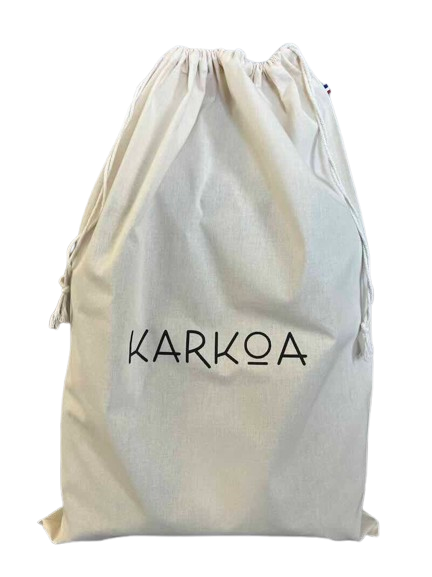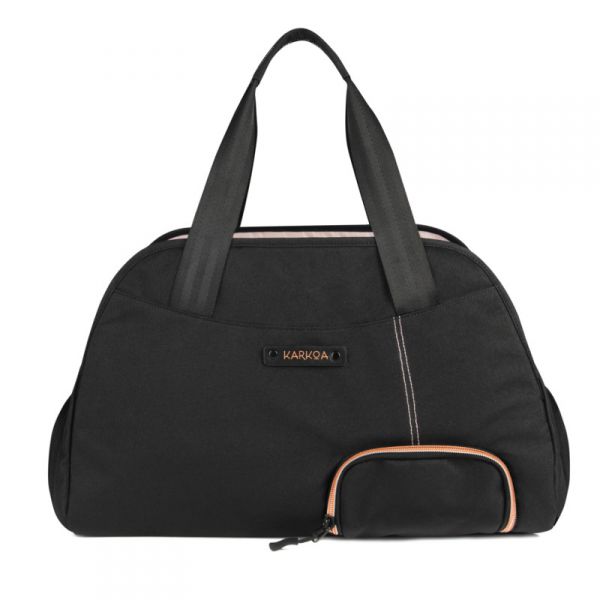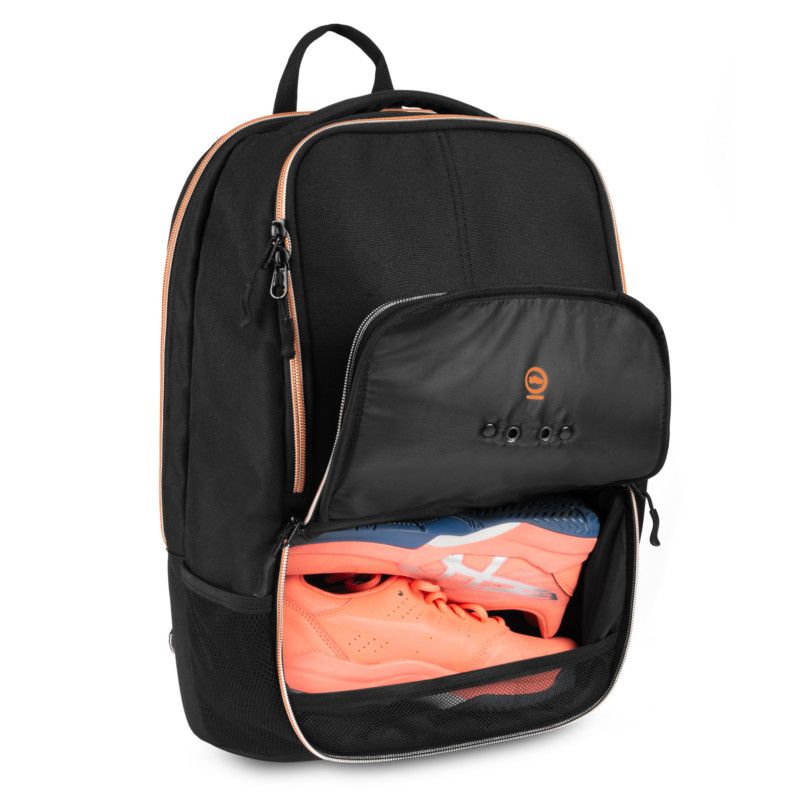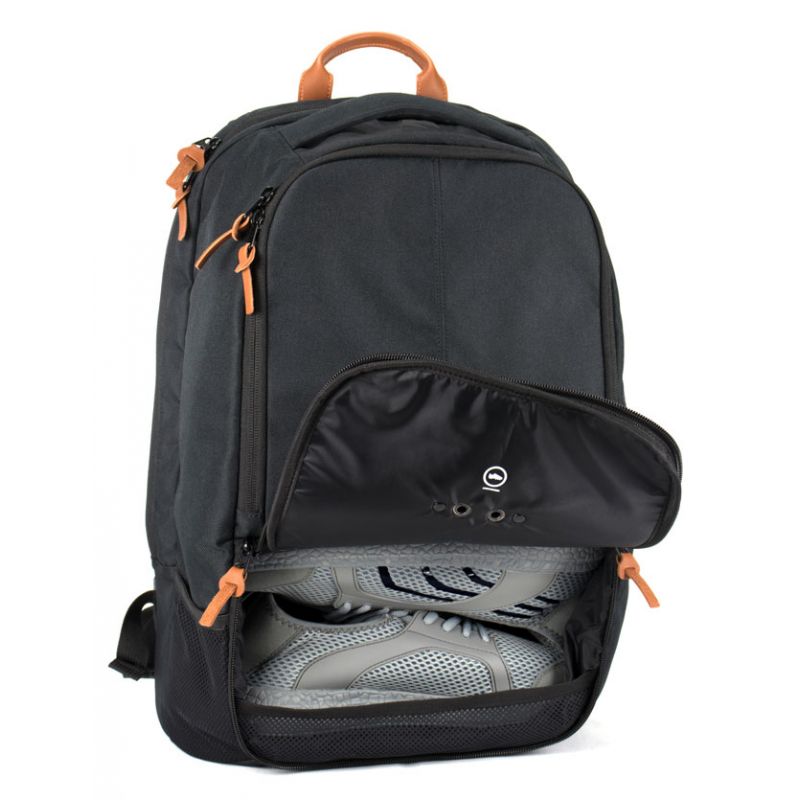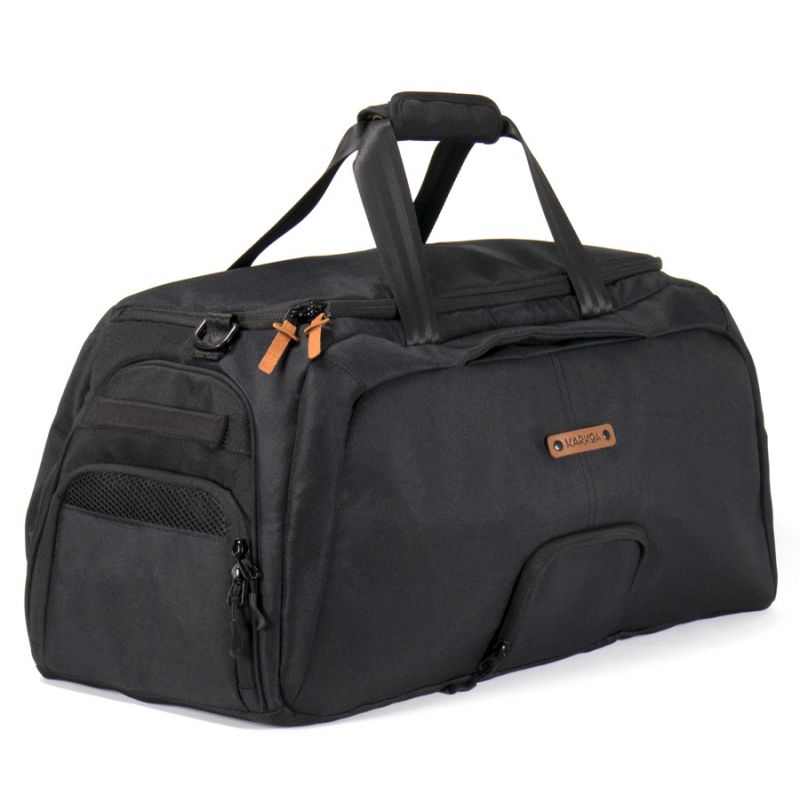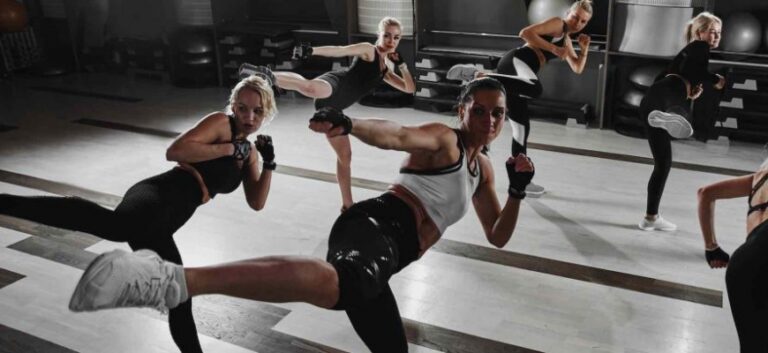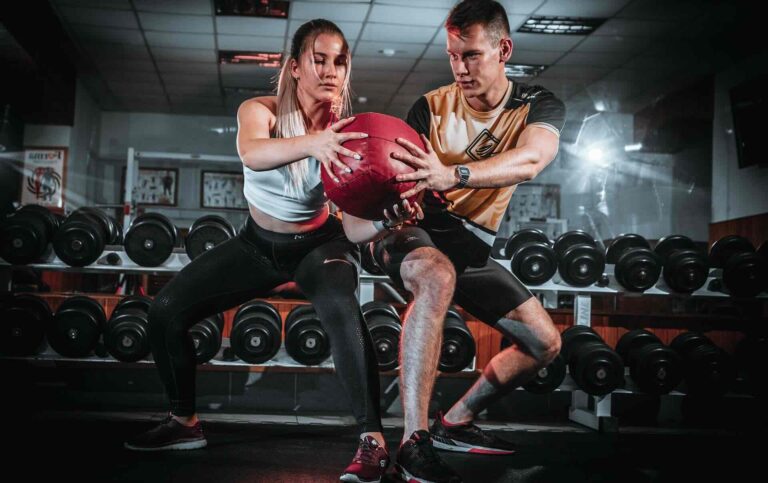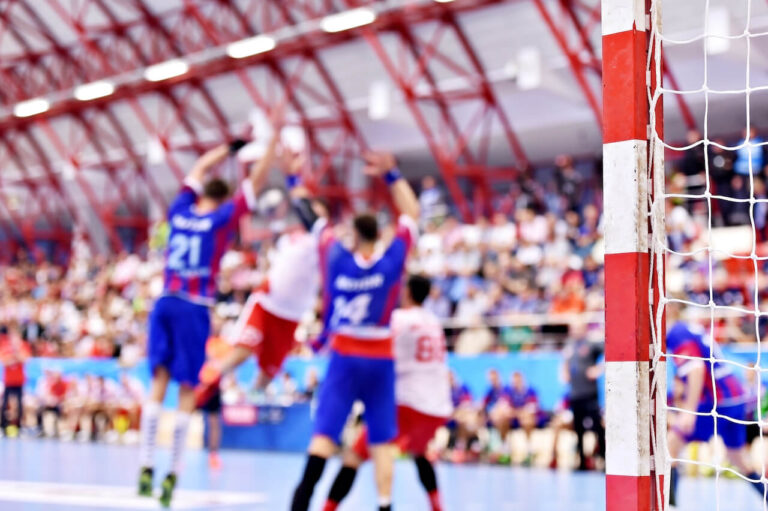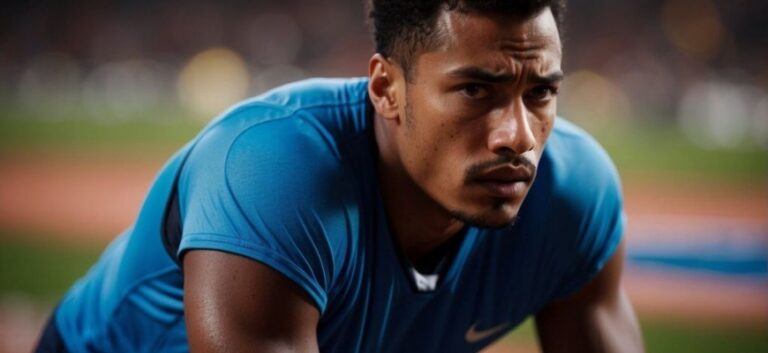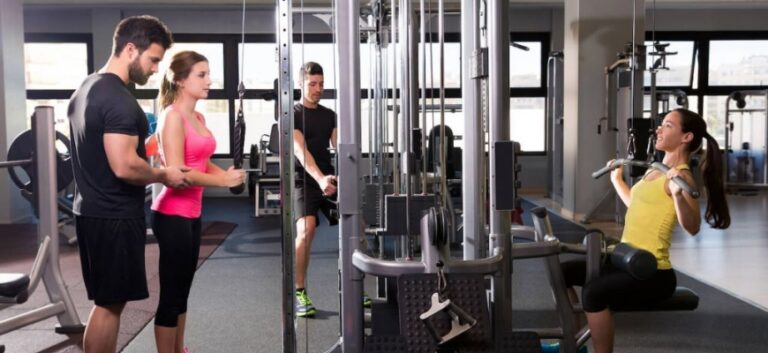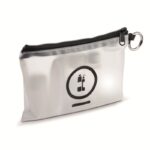Discover SWOLF, a valuable tool for improving your swimming efficiency. This measurement combines your number of strokes and your time to cover a length of pool. The lower your SWOLF score, the more efficient your stroke.
SWOLF is particularly useful for the crawl, where you can easily count your strokes. Imagine gliding through the water with grace and power, each movement propelling you further. By reducing your number of strokes while maintaining your speed, you optimize your technique.
To calculate your SWOLF, count your movements over 25 metres and add your time in seconds. For example, if you make 20 movements in 30 seconds, your SWOLF is 50. Set yourself the goal of reducing this score over time. You’ll see your performance improve and your endurance increase.
Understanding the Swolf Score
The Swolf score is a key indicator of your swimming efficiency. It combines number of strokes and time to measure your overall performance in the water.
Origins and definition
The term “Swolf” is a contraction of “swim” and “golf”. Just as in golf, where the aim is to minimize the number of strokes, in swimming you aim to reduce your Swolf score. This concept was introduced in the 1970s to help swimmers improve their technique.
Your Swolf score represents your swimming efficiency. The lower it is, the more efficient you are. It allows you to compare your performance from one session to the next, regardless of your swimming speed.
Calculating the Swolf Score
To calculate your Swolf score, add up the number of strokes you make in one length of pool and the time in seconds it takes you to cover that distance. For example, if you swim 25 metres in 20 seconds with 15 strokes, your Swolf score will be 35.
Here’s a concrete example:
- Pool length: 25 metres
- Time: 20 seconds
- Number of movements: 15
- Swolf score: 20 + 15 = 35
You can use this score for each swimming style. It is particularly useful for evaluating your technical progress over time.
Swimming Techniques and Efficiency
Mastering swimming techniques is essential to improving your Swolf score. Every movement counts and can influence your efficiency in the water.
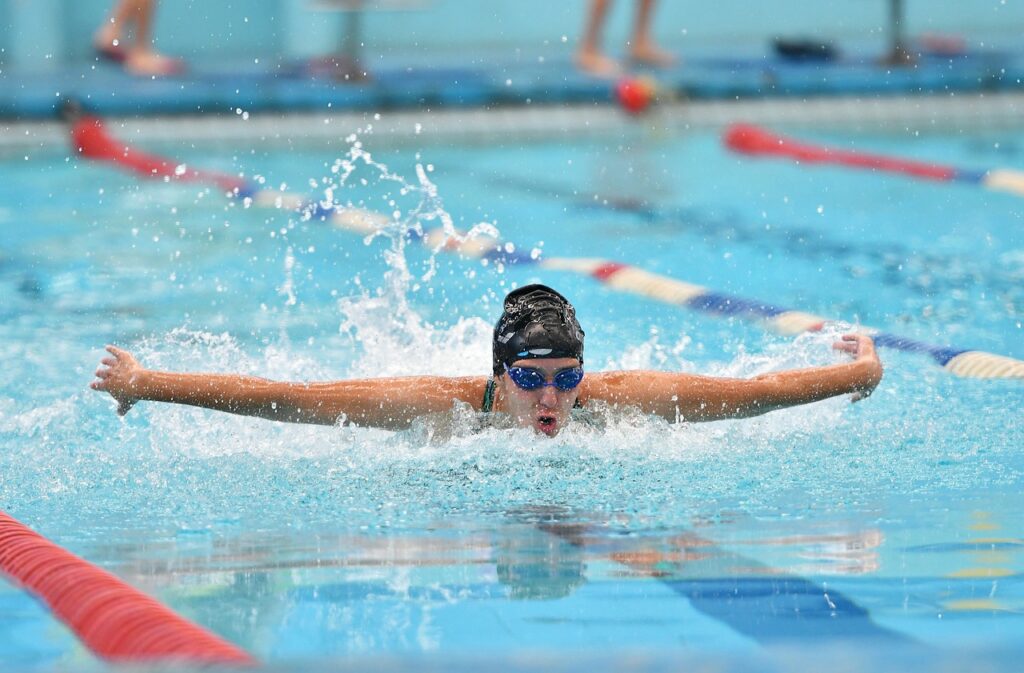
Free Style and Swolf
Freestyle, or crawl, is often considered the most effective stroke for optimizing your Swolf. Here are a few tips to help you perfect your technique:
- Body rotation: Turn your body slightly sideways with each arm movement. This reduces water resistance.
- Lengthen your movements: Aim for a hand entry far in front of you. This increases the distance covered per arm stroke.
- Bilateral breathing: Alternate your breathing on both sides. This balances your stroke and improves your endurance.
Good rhythm is crucial. Find the right balance between the power of your strokes and the number of strokes. An optimal Swolf for front crawl is generally between 30 and 40 for 25 meters.
The Four Swims and their impact on Swolf
Each stroke has its own particularities that influence your Swolf score:
- Back crawl :
- Advantage: easier breathing
- Challenge: Maintaining a straight line
- Breaststroke :
- Strength: Powerful movements
- Weakness: Reduced speed
- Butterfly :
- Advantage: High propulsion
- Difficulty: Requires a lot of energy
To improve your Swolf in these strokes, concentrate on gliding. In breaststroke, for example, stretch out as much as possible after each stroke. In butterfly, work on synchronizing your arms and legs to maximize each stroke.
Vary your workouts between these four strokes. This will develop your versatility and improve your overall Swolf score.
Training and Performance Improvement
Optimizing your swimming performance relies on specific techniques and the use of modern tools. These methods will help you refine your technique and track your progress with precision.
Shot Counting Exercises
To improve your swimming efficiency, focus on stroke counting. Start by counting your strokes over 25 metres. Aim to gradually reduce this number.
An effective exercise is to swim 4 x 50 metres, counting your strokes on each length. Try to maintain or reduce this number with each repetition.
Vary the distances: 100 meters, 200 meters. Record your results. This practice will help you develop a better awareness of your body in the water.
Reinforcement of the Flapping Mechanism
Powerful kicking is crucial to efficient swimming. Incorporate specific exercises into your training.
Use a plank to concentrate solely on your legs. Do 4 x 50-metre beats, alternating high and moderate intensity.
Practice the “vertical kick”: in deep water, hold yourself vertically while kicking your legs for 30 seconds. Repeat 4 times.
Don’t forget the out-of-water exercises: squats and lunges will strengthen your leg muscles, improving your stroke.
Using Smartwatches for tracking
Connected watches have become invaluable tools for swimmers. They offer detailed data on your performance.
The Apple Watch and Garmin Swim 2 are particularly well-suited to swimming. They measure distance covered, number of strokes, and even your swimming efficiency.
Use this data to set precise objectives. For example, aim to increase your SWOLF by 5% over one month.
Analyze your sessions regularly. Identify trends in your performance. This information will help you adjust your training and make targeted progress.
The Role of Fitness in Swolf
Fitness plays a crucial role in improving your Swolf score. Good form will optimize your swimming efficiency and reduce the number of strokes required to cover a length of pool.
Cardiovascular Endurance
Cardiovascular endurance is essential for maintaining consistent performance over long distances. By developing your aerobic capacity, you’ll be able to swim longer without excessive fatigue.
To improve your endurance, practice interval training. For example, alternate 100 metres at high intensity with 50 metres of active recovery. Repeat this sequence 5 to 10 times.
Also incorporate continuous swimming sessions at moderate intensity. Start with 20 minutes and gradually build up to 45-60 minutes. This will strengthen your cardiovascular system and improve your swimming efficiency.
Core Strength and Acrobatics
A strong core is the basis of efficient swimming technique. It helps you maintain a good position in the water and transfer power from the arms to the legs.
Incorporate some body-sculpting exercises into your routine. The plank is an excellent choice: hold the position for 30 seconds, then gradually build up to 2 minutes.
Trunk rotations will strengthen your obliques, essential for body rotation in the crawl. Lying on your back, raise your shoulders slightly and rotate your upper body from side to side.
Don’t forget swimming-specific exercises, such as the “Superman” on the floor. Lying on your stomach, raise your arms and legs simultaneously for 10 seconds. Repeat 10 times.
Advanced Strategies for Elite Swimmers
To optimize your swimming performance, it’s essential to master specific techniques and perfect every aspect of your stroke. Here are the key strategies for improving your efficiency in the water.
Underwater pushing and kicking techniques
The underwater phase is crucial to gaining speed. Concentrate on your push to the wall: position your feet firmly and push with power. Maintain a perfect streamline position, with your arms close to your ears.
For the dolphin kick, keep your legs together and initiate the movement from your hips. Aim for 3-5 powerful beats before surfacing.
Practical exercise: At the edge of the pool, simulate the movement of a dolphin on your stomach, then on your back. Repeat 10 times on each side to strengthen your abdominal and back muscles.
Optimizing Arm Strokes
An efficient arm stroke maximizes propulsion while minimizing resistance. Enter the water with your hand aligned with your shoulder. During the pull phase, keep your elbow high.
Concentrate on proper body rotation to increase your range of motion. This will engage your core muscles and improve your power.
Key exercise: Practice “catch-up” lengths, keeping one arm stretched out in front of you while the other completes a full cycle. This improves your technique and balance in the water.
Swolf Score Reduction and Propulsion Maximization
To reduce your Swolf score, aim to reduce the number of arm strokes per length while maintaining or increasing your speed. This takes practice and patience.
Work on your glide: after each turn, stay in the streamline position until you feel your speed drop. This will help you cover more distance with less effort.
Efficiency exercise: Swim lengths while counting your arm strokes. Gradually try to reduce this number without losing speed. Use a stopwatch to check your progress.
Remember: improvement is a gradual process. Stay consistent in your training and be patient with yourself. With practice, these techniques will become natural and you’ll see your performance improve significantly.
To conclude on Swolf swimming
Swolf is a valuable tool for improving your swimming technique. By regularly monitoring your score, you can identify areas for improvement.
Don’t hesitate to vary your workouts. Alternate between sessions focusing on reducing the number of movements and others on increasing speed. This approach will help you find the right balance.
Remember that progress takes time. Be patient and persistent in your practice. Every little improvement counts and brings you closer to your goals.
Start your Swolf adventure now. Set yourself realistic goals and measure your progress. You’ll be amazed at how much your technique can improve with time and practice.
To get the most out of your sessions, remember to equip yourself properly. A good swim bag like the Karkoa Tepee can make all the difference. It will enable you to carry all your equipment comfortably.
